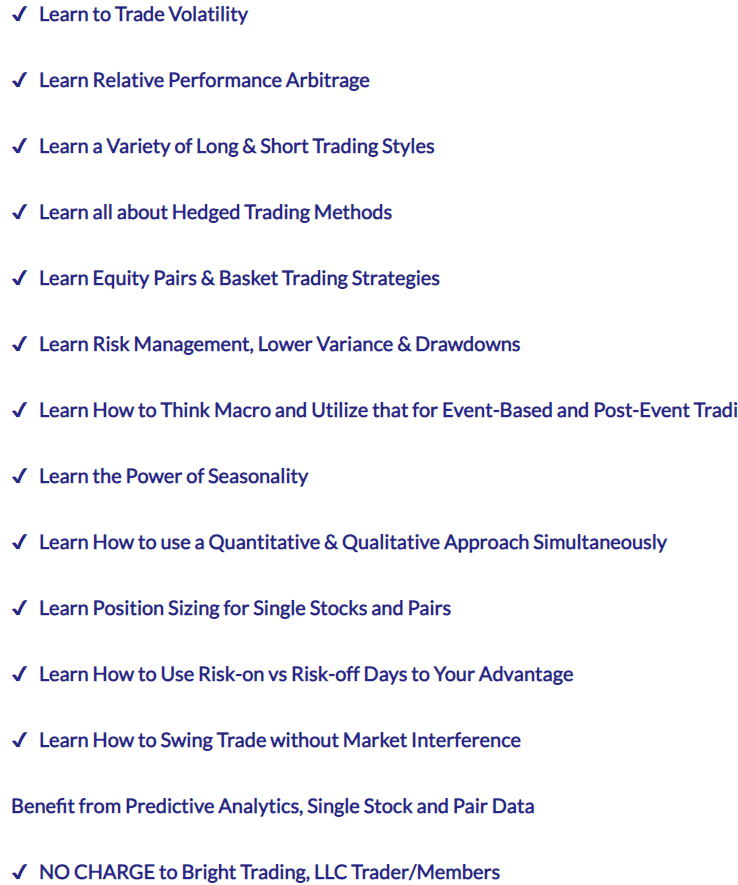Millions of traders participate in the financial markets every day. For example, in the United States, a company like Robinhood has more than 3 million customers while Fidelity and Schwab have more than 50 million active users. Indeed, the Covid-19 pandemic has incentivised more people to start trading. In this report, we will look at a relatively unknown trading approach known as proprietary or prop trading.
What is prop trading?
Prop trading is an approach where participants trade using technology, strategies, and funds from a central company. It differs from retail trading, where traders make money by wagering their personal funds.
For example, you are a retail trader if you have a brokerage account with one of the leading brokers. In prop trading, your income will come from a percentage of the profits you generate per month. In most cases, you will take at least 70% of the profits while the prop trading firm will take the rest.
There are a number of companies that provide these prop trading services. Among the most notable ones are Day Trade the World (DTTW), 3Red Partners, BlueFin Trading, and Bright Trading, among others.
Advantages of prop trading
Prop trading has several advantages over the traditional trading approaches:
- Risk – While prop trading is risky, risks in prop trading are minimised because you are not trading with your own funds.
- Setting a trading floor – It is relatively risky to start a trading floor when you are a retail trader. Prop trading firms encourage customers to start their independent floors and hire traders.
- Mentorship – With their funds at risks, prop trading firms go an extra mile to train and mentor their members. They also give new traders access to their most experienced traders for mentorship.
- Low cost of starting – You just need a computer and fast internet to start your prop trading journey.
- Trading markets – Because prop trading is a global industry, companies provide their members hundreds of markets to trade. For example, DTTW has access to exchanges from around the world.
- Specialised trading approaches – Since proprietary trading firms have been in the industry for years, they have developed trading approaches and algorithms that work.
How to be a prop trader
There are several steps you need to become a prop trader.
First, you need to have interest of trading in the financial market. Without this interest, it will be extremely difficult for you to succeed because of the vast amount of time you will spend in the industry.
Second, you need to find a good company that offers these services. Ideally, you want to get a company that has been in the industry for a long time and one that has proven years of experience. You can select one of the firms we have mentioned above. Once you get a good company, you should talk to them to get more details about their offering.
Third, you will need to read and sign the terms and conditions and sign if you agree with them. After this, if you are using DTTW, you will be required to pay a refundable $500 fees. With this fee, the company will send you a trading platform, known as CubeX, that will give you access to its markets and tools. It is like the MetaTrader that is used in retail trading.
Fourth, the company will introduce you to its trading platform and also give you access to a free monitored demo account. If you are a beginner, you will work with the company’s staff who will introduce you to the markets. In most cases, the firm will give you as much time as you want before you move into the next step. The screenshot below shows the trading modules offered by Bright Trading, a prop firm.
Example of prop trading training guide

Finally, you will need to deposit some money that will act as your margin. Ideally, the firm wants you to have a skin in the game. If you lose a lot of their money, they will just remain with your margin cash. For DTTW, the amount is usually about $3,000. This means that you can start prop trading with just $3,500.
As mentioned above, in prop trading, you can also hire more people to join your trading floor. To do this, you will need to look for talented people who have an interest in the industry. You will also train them and provide them with the trading platforms they need.
Top prop trading strategies
Prop traders use different approaches in the market. In most cases, they use approaches that are recommended by their parent trading firms. Among the most popular strategies are:
Algorithmic trading
Some prop trading firms like the Chicago Trading Company, DV Trading, and DRW focus only algorithmic trading. In the back-end, they have highly trained computer scientists and data scientists who create algorithms that are then used by their traders. These companies provide their traders with training that can last months.
Scalping
Scalping is a trading approach that involves opening and closing trades within a few minutes. The goal of the process is to open tens of trades every day and making small amount of money per trades. For example, if you open about 10 trades per day and make about $25 each, it means that your daily total earnings will be $250. In a month, that will be $5,000. In scalping, traders use very short-term charts ranging from 1 minute to 5 minutes.
Price action
Another prop trading approach is price action. This is a simple trading strategy where you look at a chart and identify patterns. Sone of the most popular patterns in this are triangle, bullish and bearish pennant, bullish and bearish flags, and head and shoulders. You can also use candlestick patterns like hammer, bullish and bearish engulfing, and doji, among others.
Fundamental trading
This is the trading approach that requires having in-depth understanding of underlying news and economic data. If you focus on stocks, this could mean having knowledge on the latest news such as earnings and mergers and acquisition about companies. If you are a forex trader, it involves looking at fundamental information like nonfarm payrolls, manufacturing and services PMIs, and retail sales among others.
Other prop trading strategies are arbitrage, swing trading, discretionary trading, reversals trading, and trend following approaches.
Final thoughts
Prop trading is excellent trading approach that involves trading a company’s funds. It is relatively similar to a hedge fund in the way it is structured with the main difference being that you don’t need to fundraise or talk to investment banks. As such, if you are a beginner in the market, we recommend learning about it and reviewing some of the best providers of these services before you start.




